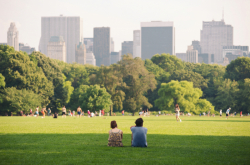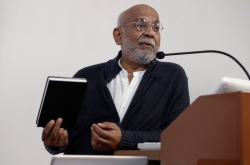Green thinking is contagious
Green building has many aspects that distinguish it from conventional construction. But the key points here are its low environmental impact, usage of alternative energy sources, and integration of natural resources (light, clean air) as part of the architectural project.
Many property developers make light of environmentally friendly construction. They believe that it’s too expensive, too complex and doesn’t make much sense. However, it often happens that these people decide to make their houses a little more “green” by way of a marketing experiment. With time, their interest grows, and they become immersed into this movement. Guy Eames calls this phenomenon “the contagiousness of green thinking”: people go from scepticism to adherence to eco-friendliness quite quickly.
Green building today
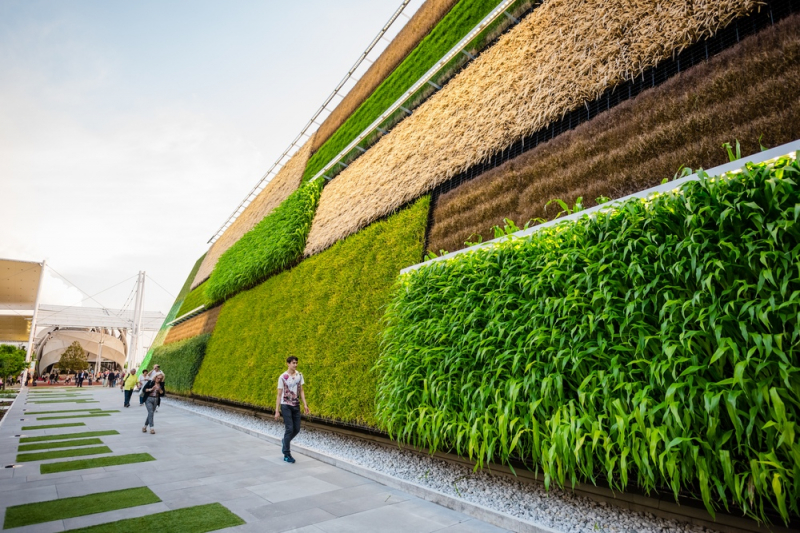
But what is the appeal of eco-friendly architecture? Why are these houses being constructed and bought all over the world? Of course, everyone may have their own reasons. But there are several general arguments “for”.
Firstly, in the era of exacerbating climate change, eco buildings can quickly and effectively adapt to new requirements. They are more flexible and innovative by nature.
Secondly, gaining traction is global competition between cities. It stems from the fact that people have always strived to improve their living conditions, to move to places where they will feel safer and more comfortable. In our times, there are lots of opportunities to make that step. Thus, eco construction becomes a cogent argument in favor of choosing this or that city.
Ways to implement eco-friendly architecture
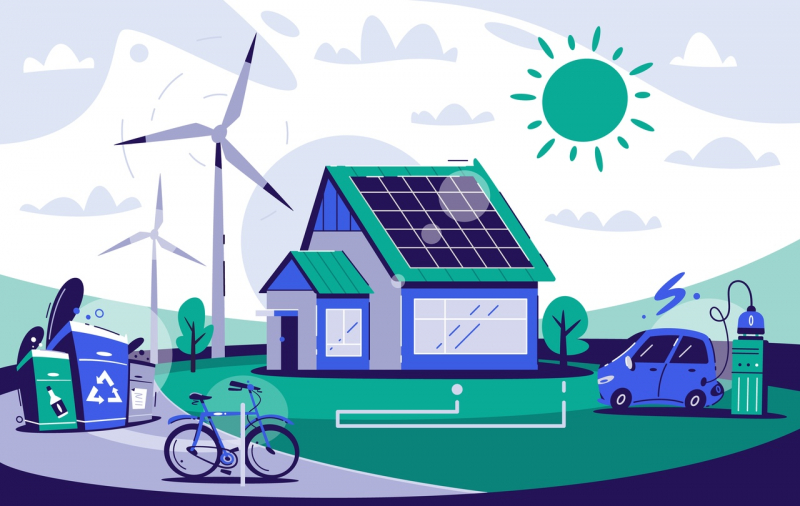
The first trend that has to be mentioned is the one of zero-energy buildings – in other words, buildings that are self-sufficient when it comes to energy resources. This trend is already very popular in the West and is gradually becoming widespread in Russia.
The majority of these buildings operate on the principles of lowering the amount of consumed energy, actively making use of its surpluses, minimizing the need of artificial cooling, and embedding in their structure highly efficient systems for microclimate and light management.
Another example are eco-friendly schools. It is scientifically proven that the quality of architectural solutions, the interiors of an educational institution, directly impact the quality of education there. The construction of this type of buildings has to take into account a plethora of factors: the right kind of ventilation and abundance of fresh air, good acoustics, and unobstructed natural light.
And if you think that such an approach will increase the construction period or bump up the costs, here’s a real-life example – a “green” kindergarten in Tula was built several times faster than a regular kindergarten, and the cost of construction was reduced by 30%.
What’s important to consider when building green?
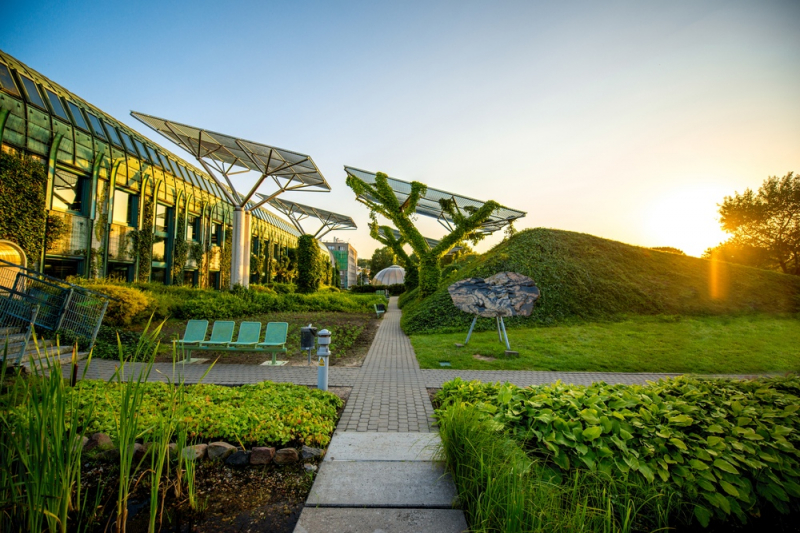
Remember that an average person spends about 70-80% of their time indoors. Therefore, it’s extremely important to create a cozy and comfortable microclimate. This includes both a building’s external appearance, and its functionality and level of comfort. An eco-friendly house that stands alone in a forest is too radical of a solution.
Your building should have transport accessibility. Of course, there will be pavements and bike lanes, but convenient access to public transport is crucial to city life. It’s important not to forget about or sideline this aspect.
The next factor is community. Building a single eco-friendly house out of town or in a remote location is not a solution. Even if this building was comfortable, well-lit, and accessible by transport. What we have to do is to build micro-districts, environmentally conscious neighborhoods which will have their own climate and friendly, neighborly ambience, courtyards, playgrounds.
Summing up, apart from environmentally safe materials, it’s important to factor in social aspects: communities and transports. A house by itself is just part of a green development – the second and no less important component is infrastructure, which also has to meet environmental standards, the need for comfort and the inclusion of modern technologies in the construction process.
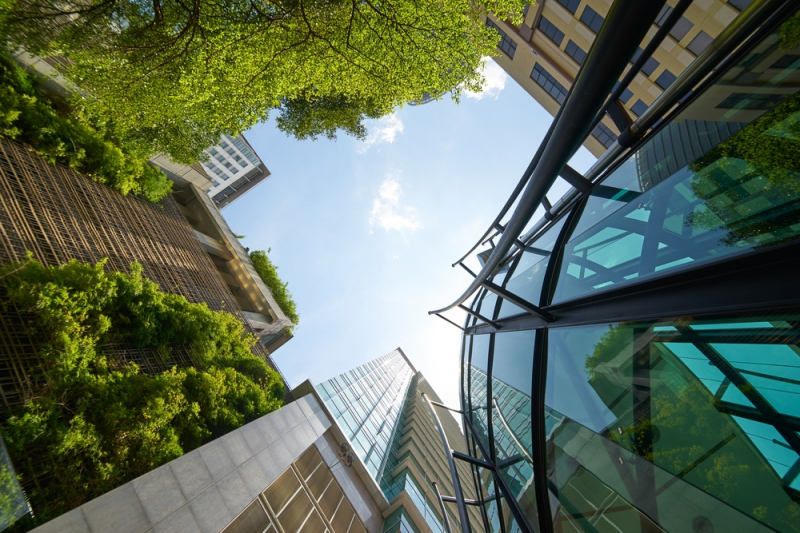
The lecture was organized by ITMO University’s Institute of Design and Urban Studies as part of the open day for the new “Sustainable Development of Cities and Territories” major of the Master’s program in Urban Science. This major will train professionals in the field of management of sustainable urban development, who will develop expertise in the matters of climate change and principles of environmentally friendly urban construction and master the methods of modeling in the field of green economy and circular economy.



